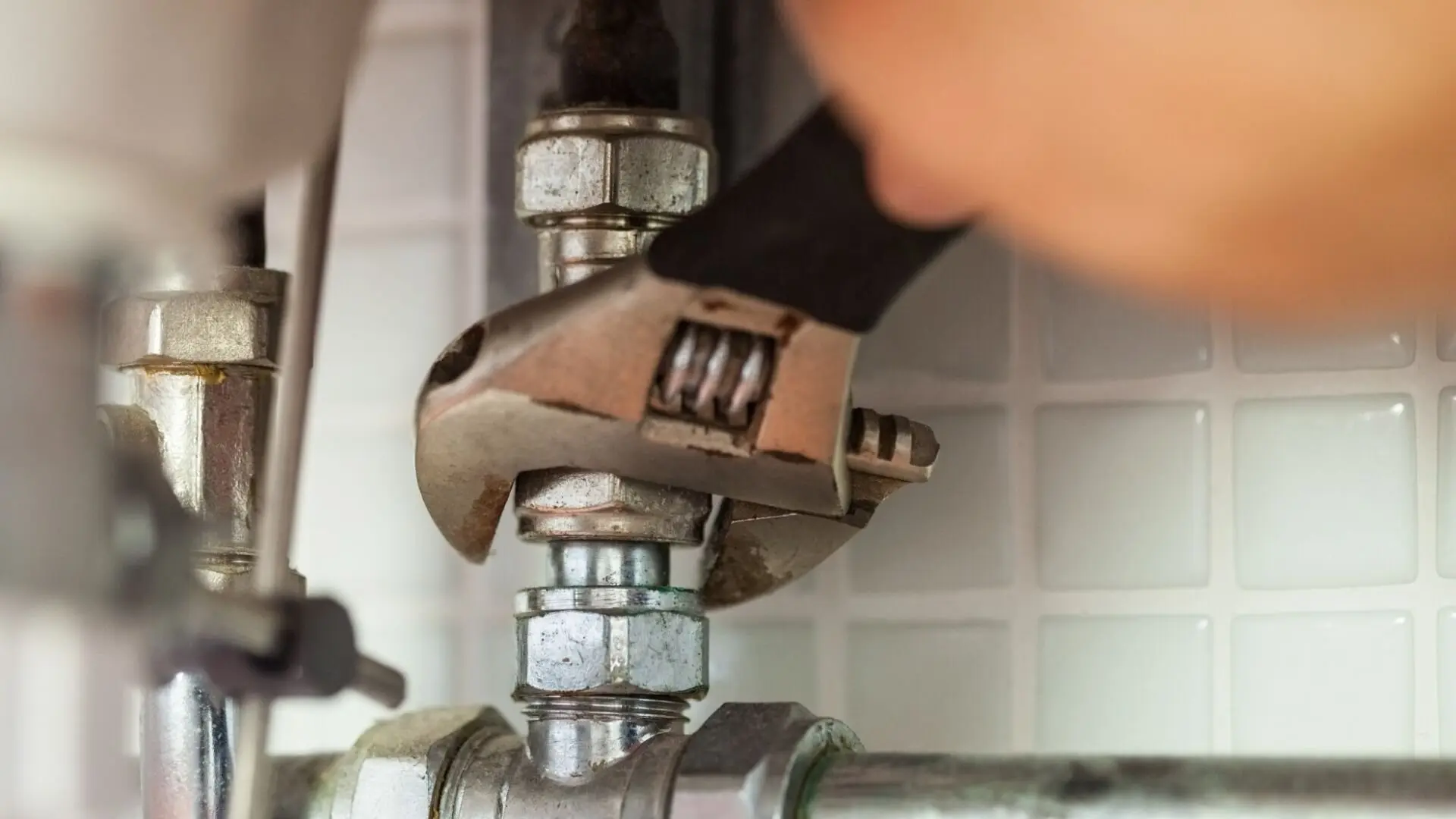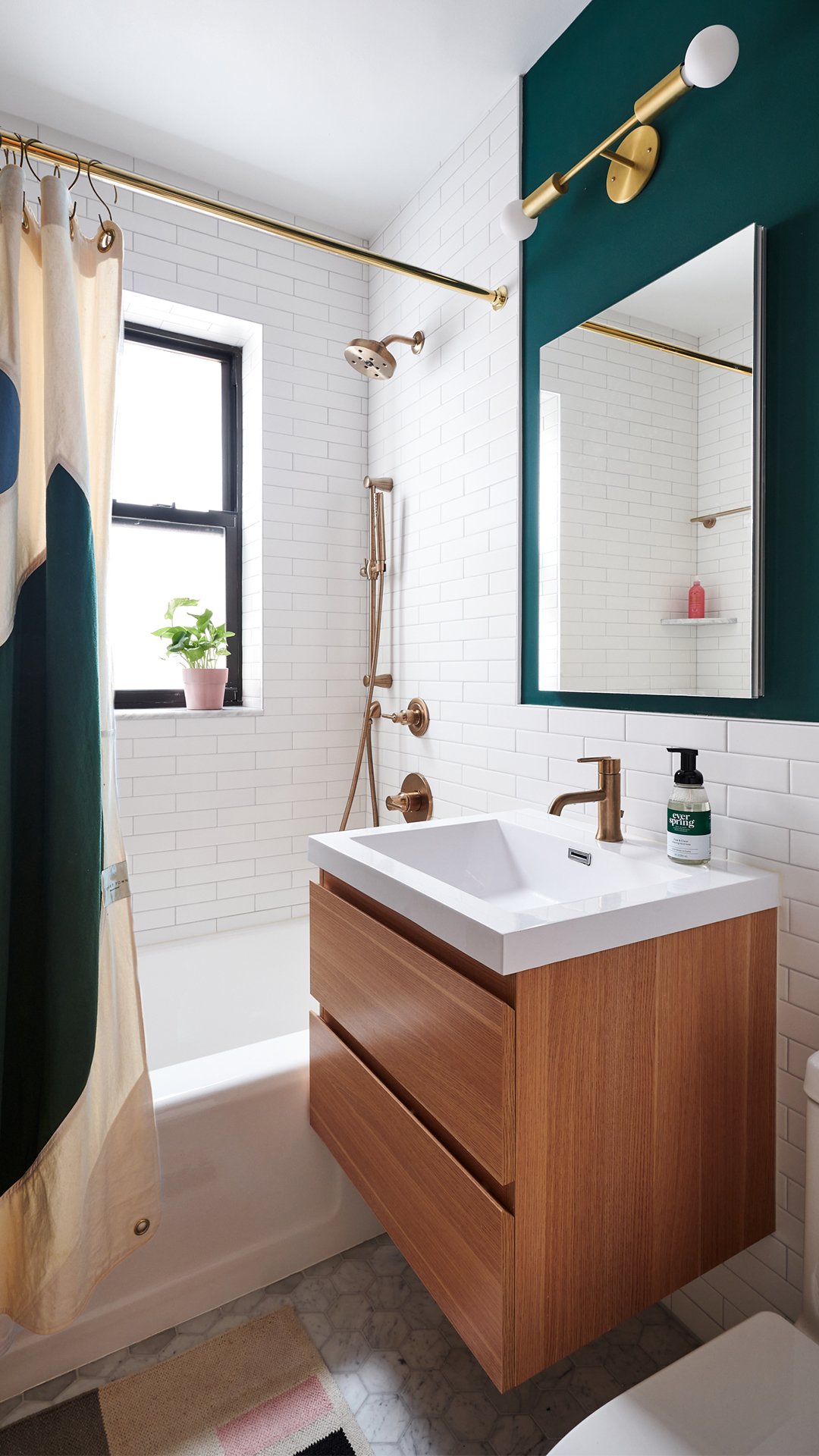We've found this great article involving 11 Must-Read Tips for Plumbing a New House down the page on the web and accepted it made perfect sense to write about it with you over here.

For new property owners, understanding and keeping washroom plumbing can conserve both time and money by preventing expensive problems down the line. Right here are some important bathroom plumbing pointers to assist you keep every little thing running efficiently.
Familiarize Yourself with the Key Shut-Off Valve
Recognizing where the major water shut-off valve is located in your home is important. This allows you to quickly switch off the water system in case of significant leaks or during pipes emergency situations, stopping considerable water damages.
On A Regular Basis Inspect for Leakages
Little leakages can bring about huge problems. Regularly inspect under sinks, around toilets, and near pipes components for any type of indications of leakages. Try to find moisture, little drips, or corrosion. Catching and repairing leakages early can avoid more severe damages and save water.
Don't Disregard Slow Drains
If your sink or bath tub is draining gradually, it's often an indication of a clog creating. Addressing this early can stop a complete clog. Utilize a bettor or a plumbing's serpent to remove debris. Avoid making use of chemical drainpipe cleaners as they can damage your pipes in time.
Know What Not to Flush
Commodes are not waste disposal unit. Stay clear of purging anything aside from bathroom tissue and human waste. Things like wipes, womanly health items, and cotton bud need to be disposed of in the garbage to stop clogs and drain backups.
Set Up Strainers in Drains
Location strainers in your sink and bath tub drains pipes to catch hair and other debris prior to they enter your pipes system. Cleaning up the filters consistently will help avoid buildup and keep water flowing easily.
Maintain Your Hot Water Heater
Ensure your hot water heater is readied to an appropriate temperature (typically around 120 levels Fahrenheit) to prevent hot and minimize power use. Flush the storage tank annually to eliminate debris accumulation, which can minimize the performance and life-span of your heating system.
Upgrade Your Components
If your home has older fixtures, take into consideration upgrading to extra effective versions. Modern commodes, showerheads, and faucets are made to make use of much less water while offering good stress, which can substantially decrease your water expense and environmental footprint.
Beware with DIY Pipes Repair Works
While it's tempting to take care of all home repair work on your own, be cautious with plumbing. Some concerns may need expert proficiency, especially if they involve primary water lines or sewer repair services. Hiring a specialist can often be much more cost-efficient than DIY, specifically if it avoids additional damages.
Plan For Winter
Shield your pipelines from cold throughout winter by insulating pipes in unheated areas like cellars, attic rooms, and garages. During severe chilly, allow cold water drip from taps served by subjected pipes to aid stop freezing.
Schedule Routine Maintenance
Think about organizing annual examinations with a qualified plumber. They can detect problems that you could miss out on, such as surprise leaks or deterioration on pipes and fixtures. Regular maintenance helps extend the life of your pipes system and can prevent emergency situations.
Verdict
Comprehending and keeping your home's restroom plumbing can prevent numerous common concerns. By following these important tips, you can ensure your bathroom continues to be useful and reliable, saving you time and money over time.
Essential Plumbing Tips for Homeowners: Keep Your Pipes Flowing Smoothly
As a homeowner, understanding the basics of your plumbing system can save you time, money, and a lot of headaches. Plumbing issues can range from minor annoyances like dripping faucets to major problems like burst pipes that cause significant damage. This guide provides essential tips to help you maintain your plumbing system and tackle common issues.
Understanding Your Plumbing System
Supply System: Brings fresh water into your home from a municipal source or a well. Drain-Waste-Vent System: Removes wastewater and vents sewer gases outside. Fixtures and Appliances: Includes sinks, toilets, showers, dishwashers, and washing machines. Basic Maintenance Tips
Regular Inspections: Periodically check for leaks, corrosion, and other signs of wear and tear. Look under sinks, around toilets, and near water heaters. Know Your Main Shut-Off Valve: In case of a major leak, you’ll need to shut off the water quickly. Ensure everyone in your household knows where the main shut-off valve is located. Prevent Frozen Pipes: In cold climates, insulate exposed pipes and let faucets drip during extreme cold to prevent freezing. Use Strainers: Install strainers in sinks and tubs to catch hair, food particles, and other debris that can cause clogs. Common Plumbing Issues and Solutions
Clogged Drains:
Prevention: Avoid pouring grease down the drain and use drain screens to catch debris. DIY Fix: Use a plunger or a plumbing snake to clear minor clogs. For stubborn clogs, a mixture of baking soda and vinegar can sometimes help. Leaky Faucets:
Prevention: Replace washers and seals regularly. DIY Fix: Turn off the water supply, disassemble the faucet, and replace worn parts.

Click Here